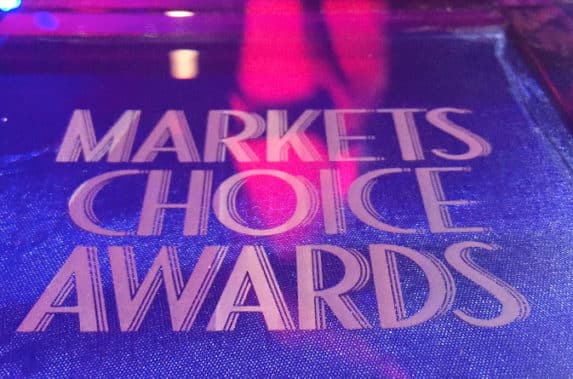The buy side has gained clout vis-à-vis the sell side in recent years, as regulatory and capital constraints have diminished the influence of Wall Street broker-dealers.
J.P. Morgan Asset Management is a standard-bearer for this new era of self-directed trading.
“What has separated us is the level at which we have embraced technology in taking more control of order flow, analyzing it down to the millisecond level, and using that technology, process and framework to leverage the desk to make it scalable,” said Curt Engler, head of U.S. equities trading at the $1.7 trillion buy-side giant.
Engler’s eight-person group, which is responsible for trading $230 billion in U.S. equities, is regularly mentioned in discussions about the world’s top institutional desks. The trading desk has been architected to be arguably the most automated in the industry, and the group is consistently ahead of the curve in terms of new ideas. J.P. Morgan Asset Management is the 2016 Markets Choice Award winner for Best Buy-Side Equity Trading Desk.

Curt Engler, J.P. Morgan Asset Management
There’s not a lot of downtime between 9:30 a.m and 4 pm Eastern time. “We’re a really busy desk,” Engler told Markets Media. “We have structured the desk to take advantage of whether (a trader’s) skill set is more quantitative or more traditional buy side. We’re thoughtful on how we structure the desk to deliver the best possible results to the portfolio managers, and in developing trading strategies that are tailored to how they manage their business.”
J.P. Morgan Asset Management is an acknowledged leader in the trading space, and the firm pushes to maintain its edge. “We have continued to work on configuring trading strategies at the micro level,” Engler said. “We have done a lot of work on analyzing how ATSs operate and the execution quality we get, to continue to configure how and where we route. So from the micro level up to the macro level, it’s making sure we’re scheduling trades optimally for portfolio managers.”
“As far as initiatives, we continue to work on being more global, and having common practices, systems, processes and procedures around the globe,” Engler continued. “We also continue to invest in developing analytics to help traders — whether more automated or traditional — source liquidity by looking where to go and how to trade.”

